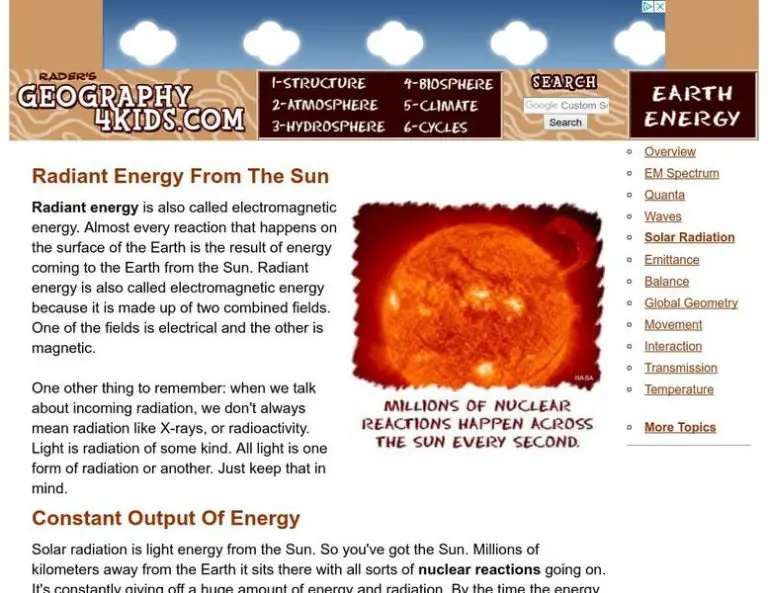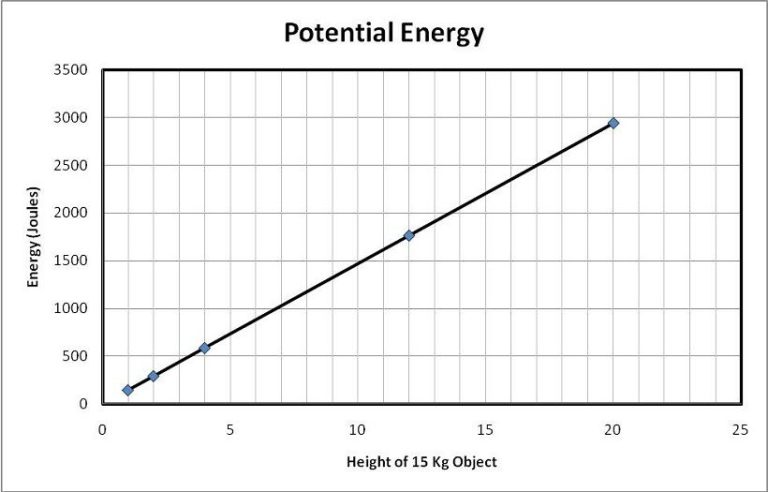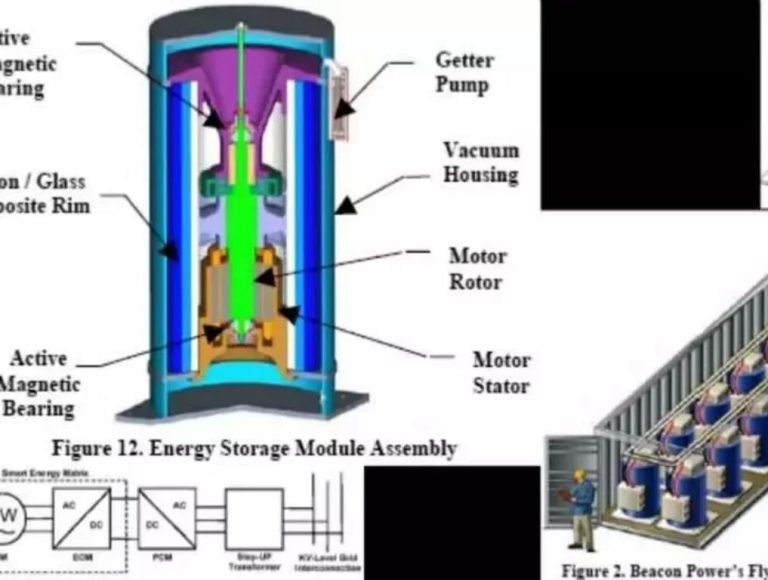What Are 5 Examples Of A Renewable Resource?
Renewable resources are naturally replenishing sources of energy that can be harnessed for human use. Unlike fossil fuels which take millions of years to form and are finite in supply, renewable resources are continuously produced in nature and are unlimited. Some examples of renewable resources include solar energy, wind energy, hydropower, biomass, and geothermal energy.
Renewable energy sources are extremely important for creating a sustainable future. They produce little to no greenhouse gas emissions when harnessed, which helps combat climate change. Relying on renewable energy also enhances energy security by reducing dependence on imported fossil fuels. Renewable energy fosters local economic development and creates jobs in areas like manufacturing, installation and maintenance. Overall, renewable resources allow for environmentally conscious energy production that protects the planet.
Solar Energy
Solar energy refers to harnessing the sun’s energy and converting it into electricity or heat. It is considered a renewable energy source because the sun will continue shining for billions of years. There are two main ways solar energy is captured – through solar photovoltaics (solar PV) and solar thermal technologies.
Solar PV converts sunlight directly into electricity using semiconducting materials like silicon. When sunlight hits these materials, electrons are knocked loose and flow through the material to produce electricity. This electricity can then be used to power homes, buildings, and grids. Solar PV panels can be installed on rooftops or ground-mounted systems and are modular, meaning the system can be expanded over time. Major applications of solar PV include residential systems, commercial rooftops, and utility-scale power plants.
Some key examples of how solar PV is used in everyday life include:
- Powering calculators, watches, and light-up toys using small solar cells.
- Providing electricity to off-grid homes and remote locations like mountain cabins.
- Charging batteries and power banks for phones and laptops using portable solar chargers.
- Fueling lighting, appliances, and electric vehicle charging in residential homes with rooftop solar.
- Generating clean electricity for cities and communities using large-scale solar farms.
Solar thermal technologies use the sun’s heat rather than light to produce thermal energy. Common applications include heating water for domestic and swimming pool use as well as space heating for buildings. Solar water heating is one of the most widespread uses of solar thermal energy in the world. Other examples include using solar cookers and solar furnaces to cook food and reach high temperatures for industrial processes.
Overall, solar energy provides a clean, renewable way to produce electricity and heat from the power of the sun. As solar technologies continue improving in efficiency and declining in cost, we can expect to see many more applications of solar in everyday life. (https://www.linkedin.com/pulse/examples-solar-energy-everyday-life-jod-kapilakan).
Wind Energy
Wind energy harnesses the power of wind to generate electricity and mechanical power. Wind turbines convert the kinetic energy in wind into mechanical power that can be used directly for specific tasks, such as pumping water or grinding grain. Wind turbines can also be connected to generators to produce electricity. Large wind farms that feature many wind turbines all feeding electricity into the electrical grid are becoming an increasingly common site worldwide.
According to Sterling TT, some examples of wind energy in everyday use include activities like kiteboarding, kitesurfing, windsurfing, and land sailing (1). The wind provides the power for the sails and boards. On a utility scale, rows of giant wind turbines in wind farms harness the wind to generate renewable electricity. Wind power accounted for over 8% of total U.S. electricity generation in 2021, and new wind turbine capacity is still rapidly growing each year (2).
Hydropower
Hydropower plants capture the energy of flowing water to generate electricity. According to the U.S. Department of Energy, hydropower is the largest renewable energy source for electricity generation in the United States.[1] There are several types of hydropower plants, but they all rely on using the kinetic energy of moving water to spin a turbine connected to a generator.
The most common type of hydropower plant is an impoundment facility, which uses a dam to store river water in a reservoir.[1] The water falls through a penstock inside the dam, spinning a turbine to activate the generator. Impoundment facilities allow the generation of electricity on demand by controlling water flow through the turbines as needed. Other types of hydropower plants include run-of-river and pumped storage facilities.
Overall, hydropower provides a reliable, renewable source of electricity from the kinetic energy of moving water. With the use of dams and reservoirs, the generation can be controlled to meet electricity demands.
[1] https://www.energy.gov/eere/water/types-hydropower-plants
Geothermal Energy
Geothermal energy taps into the natural heat beneath the earth’s surface to provide sustainable energy. The core of the earth is over 4,000 miles beneath the surface and can reach 9,000 degrees Fahrenheit (5,000 C). This immense heat from the Earth’s interior originates from a combination of factors including residual heat from planetary accretion during the earth’s formation, friction produced by denser core materials sinking to the center of the planet, and decay of radioactive materials.
Geothermal energy can be accessed by drilling water or steam wells using a process similar to drilling for oil and natural gas. The hot water or steam that comes up through the wells can be used to drive turbines to produce electricity. According to the U.S. Department of Energy, the United States leads the world in online geothermal electricity generation capacity with over 3.7 gigawatts as of 2019. Some of the largest geothermal power plants in the country are located in California at The Geysers northwest of San Francisco. This region is home to natural steam wells that have been tapped for geothermal power generation since the 1960s.
Biomass
Biomass refers to organic material from plants and animals that can be used as an energy source.[1] Some examples of biomass sources include:
Plant and animal waste – This can include agricultural residues like corn stalks and sugarcane bagasse, food waste, manure, and slaughterhouse waste. Using waste products prevents methane emissions that would occur from natural decomposition.
Wood – Timber harvesting residues, unused wood from construction, discarded wood pallets, urban wood waste, and residential tree trimmings can all be used for energy. Examples are wood chips and pellets.[1]
Crops – High yield crops like switchgrass and fast growing trees can be purposely grown to produce biomass. Agricultural crops like corn kernels can also be converted into ethanol fuel.[2]
Overall, biomass provides a renewable energy source from organic materials that would otherwise decompose and release emissions. It can help reduce dependence on fossil fuels.
[1] https://www.eia.gov/energyexplained/biomass/
[2] https://www.nationalgeographic.org/encyclopedia/biomass-energy/
Hydrogen
Hydrogen can be considered a renewable resource when it is produced from renewable sources like solar or wind power. Hydrogen is an energy carrier, not a primary energy source like fossil fuels. The most common method of producing hydrogen today is via a process called steam methane reforming which utilizes natural gas. However, hydrogen can also be produced renewably by using electricity to split water molecules (H2O) into hydrogen and oxygen through a process called electrolysis. The electricity used in electrolysis can come from renewable sources like solar and wind. When produced this way, hydrogen acts as a way to store energy from intermittent renewables for use in other applications like fuel cells. Some key advantages of renewable hydrogen are that it can be carbon-free if the electricity source is renewable and it provides a versatile energy carrier that can be used for electricity production, transportation, industry, and more.
Tidal Energy
Tidal energy utilizes the rise and fall of ocean tides to generate electricity. Tidal power is considered a renewable energy source because it utilizes the energy from ocean tides, which are driven by the gravitational pull of the moon and sun. There are a few ways to harness tidal energy:
Tidal stream generators – These devices function similar to wind turbines but are placed underwater in areas with strong tidal currents. The moving water spins an underwater turbine connected to a generator to produce electricity. For example, the MeyGen project in Scotland has installed several tidal stream turbines in the Pentland Firth.
Tidal barrages – These consist of dams or barriers built across tidal basins or estuaries. Gates in the barrage allow the tide to flow into the basin through tunnels that turn turbines. As the tide recedes, the gates close and the trapped water flows back out, spinning the turbines again to generate power. The Sihwa Lake Tidal Power Station in South Korea is the largest tidal barrage in the world (source).
Tidal lagoons – Similar to barrages but using a circular wall around a body of water. The Swansea Bay tidal lagoon project in Wales aims to be the first full-scale tidal lagoon power plant.
The main advantages of tidal energy are its predictability and reliability as a renewable resource. It does not generate greenhouse gas emissions. However, tidal power facilities are expensive to construct and can impact local ecosystems and marine life (source). But tidal power represents a promising renewable energy source for coastal areas.
Wave Energy
Ocean waves contain a tremendous amount of energy that can be captured and turned into electricity. As wind blows over the surface of the ocean, it transfers energy to form waves. The bigger the wave, the more energy it contains. Devices called wave energy converters are used to capture the energy of waves and convert it into electricity.
There are several different types of technologies used for wave energy conversion. Some use floats or pitching devices that move up and down with the waves, driving hydraulic pumps that turn electrical generators. Others use oscillating water column devices that use the waves to compress air within a container. The compressed air spins a turbine to produce electricity.
According to the U.S. Energy Information Administration, the potential wave energy along the U.S. coastline is estimated to be 1,170 terawatt-hours per year, which is enough to provide a substantial portion of the country’s electricity needs. However, wave energy technology is still in the early stages of development and there are no commercial wave energy facilities operating in the U.S. yet. Significant challenges remain in making wave energy economically viable.
Some of the advantages of wave energy are that it’s renewable, abundant, and produces no greenhouse gas emissions. It also has a more predictable output than other forms of renewable energy like wind and solar power. However, there are also challenges like the harsh ocean environment and high costs. Overall, wave power shows promise as a substantial global source of renewable electricity in the future if costs can be reduced.
Conclusion
In summary, transitioning to renewable energy resources is crucial for creating a sustainable future. As fossil fuels continue to diminish and negatively impact the environment, renewable alternatives like solar, wind, hydropower, geothermal, biomass, and more provide clean and abundant energy. Renewables help mitigate climate change, reduce pollution, create jobs, and improve public health and energy access. With costs declining and efficiency improving, renewable energy systems are becoming more viable globally. Although the transition presents economic and technological challenges, the environmental and social benefits make it imperative. An energy system based on renewables will provide a just and sustainable model for generations to come.




